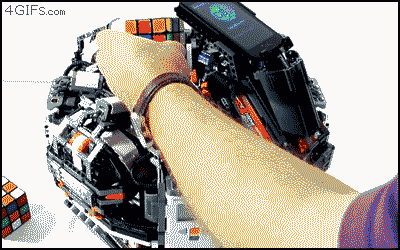
Get the latest international news and world events from around the world.

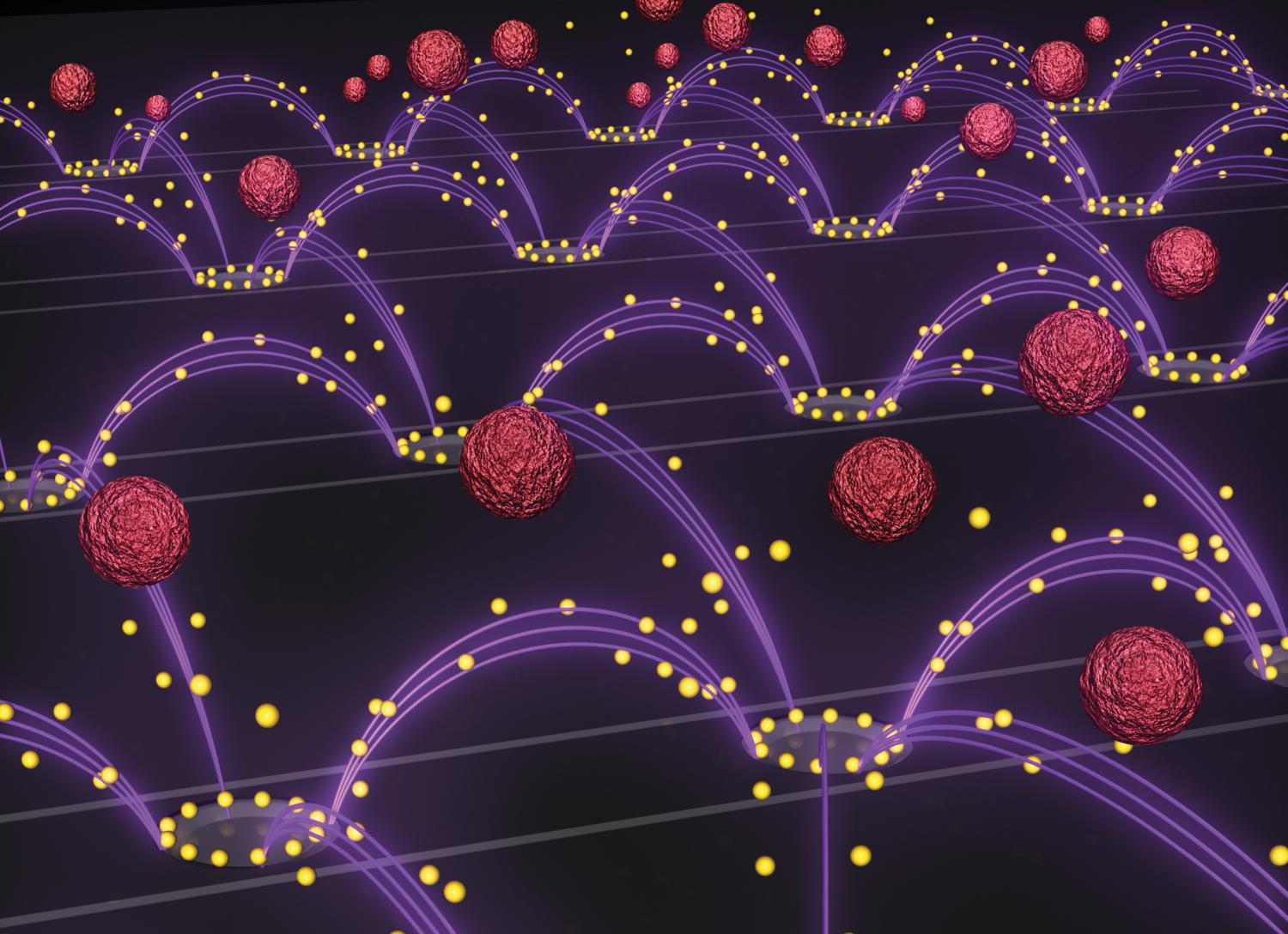
Electric fields remove nanoparticles from blood with ease
Engineers at the University of California, San Diego developed a new technology that uses an oscillating electric field to easily and quickly isolate drug-delivery nanoparticles from blood. The technology could serve as a general tool to separate and recover nanoparticles from other complex fluids for medical, environmental, and industrial applications.
Nanoparticles, which are generally one thousand times smaller than the width of a human hair, are difficult to separate from plasma, the liquid component of blood, due to their small size and low density. Traditional methods to remove nanoparticles from plasma samples typically involve diluting the plasma, adding a high concentration sugar solution to the plasma and spinning it in a centrifuge, or attaching a targeting agent to the surface of the nanoparticles. These methods either alter the normal behavior of the nanoparticles or cannot be applied to some of the most common nanoparticle types.
“This is the first example of isolating a wide range of nanoparticles out of plasma with a minimum amount of manipulation,” said Stuart Ibsen, a postdoctoral fellow in the Department of NanoEngineering at UC San Diego and first author of the study published October in the journal Small. “We’ve designed a very versatile technique that can be used to recover nanoparticles in a lot of different processes.”
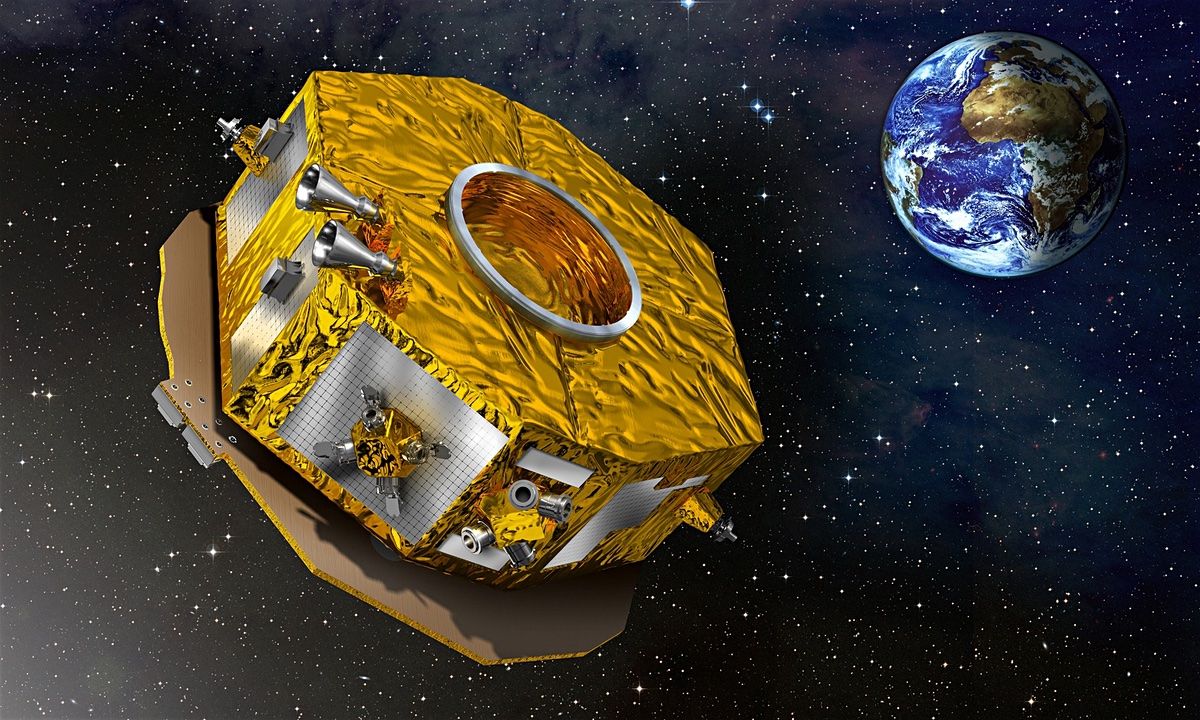
Will this European satellite confirm Einstein’s last unproven idea?
The Lisa Pathfinder will test equipment for an orbiting observatory that will peer into the universe’s darkest corners.
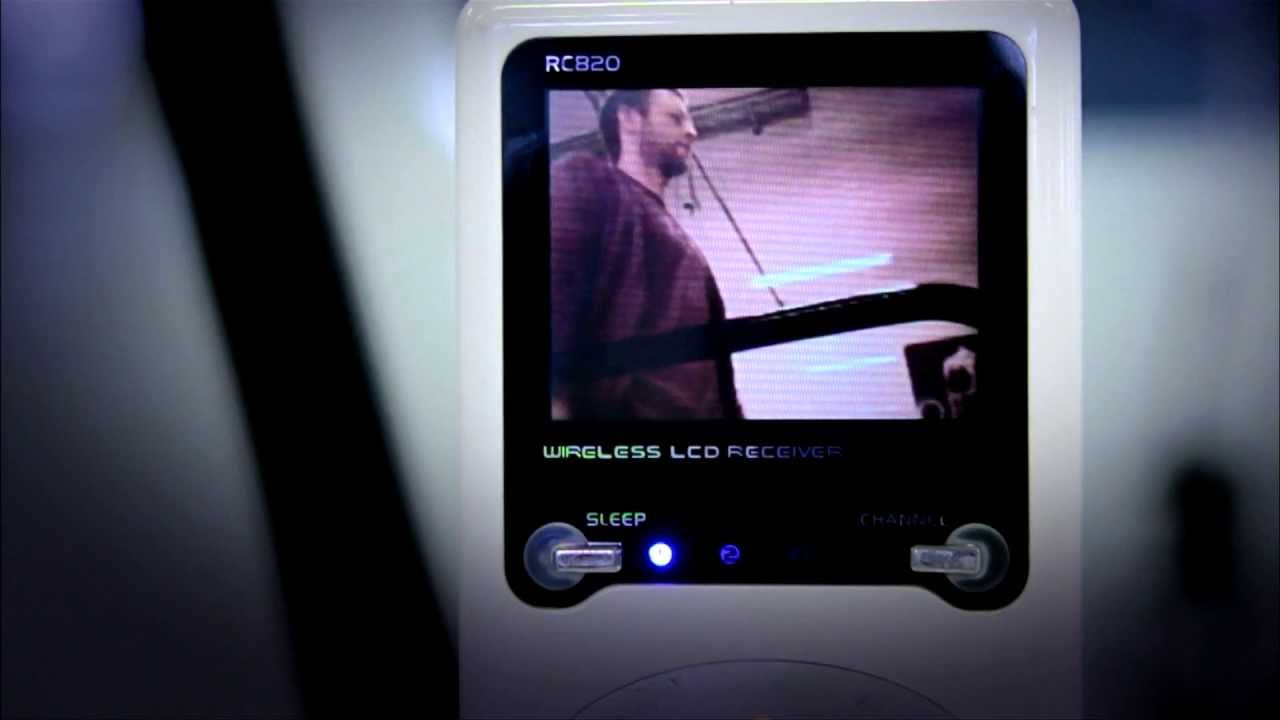
Deus Ex: The Eyeborg Documentary
Interesting look at the future of human augmentation.
To celebrate the launch of critically acclaimed video game DEUS EX: HUMAN REVOLUTION, Square Enix has commissioned filmmaker Rob Spence aka Eyeborg (a self proclaimed cyborg who lost an eye replaced it with a wireless video camera) to investigate prosthetics, cybernetics and human augmentation.
www.eyeborgproject.com
To explore the whole Deus Ex universe, check out:
Official Site: http://www.deusex.com/
Community: http://community.eidosmontreal.com/
Facebook: http://www.facebook.com/DeusEx
Twitter: https://twitter.com/eidosmontreal
Tumblr: http://eidosmontreal.tumblr.com/
Forums: http://bit.ly/Sct4Q9


10 Lab-Made Meats, Cheeses And Other Odd Startup Foods
It’s still early days in the bacteria becomes our food production process. However, several Silicon Valley scientists are creating lab-grown edibles of the truly bizarre or mixing up animal substitutes based on some interesting ingredients. Here are 10 of them.

Scientists create single-molecule ‘nanosubmarines’ powered by light
In science-fiction movies like Fantastic Voyage and Innerspace, plucky individuals board microscopic submersibles and take a trip inside the human body… where predictably dramatic consequences ensue.
We’re not quite there yet, but it seems we’re getting close. Scientists in the US have developed nanosubmarines (aka. unimolecular submersible nanomachines) composed of a single molecule of just 244 atoms.
The nanosubs are powered by ultraviolet light, with the motor’s tail-like propeller – which operates more like a bacteria’s flagellum than a conventional motorised propeller – moving the nanomachines forward by 18 nanometres with each full revolution.

Just How Safe Is Gene Editing? New Research Claims CRISPR Is More Accurate Than We Thought
Gene editing has incredible potential and could give us an unprecedented control of the biological world. The newest addition CRISPR offers unprecedented speed and ease, but there have been questions over its accuracy and reliability. New data hints we can relax a little; it’s safer than we thought.
A brief overview of CRISPR
CRISPR has made gene editing big news in very little time. While it may not be the most accurate method, the system is customisable, cheap and fast and has clear advantages over its predecessors. The system is essentially made of two parts: an enzyme called Cas9 which snips the target DNA sequence, and a guiding sequence made up of RNA which binds to a matching DNA sequence. The system also needs a small 3 letter sequence called PAM, which is required next to the site for Cas9 to cut. Together these can accurately target a specific sequence in the genome, allowing you to make tiny changes or insert a new sequence by hijacking the cell’s own repair systems.
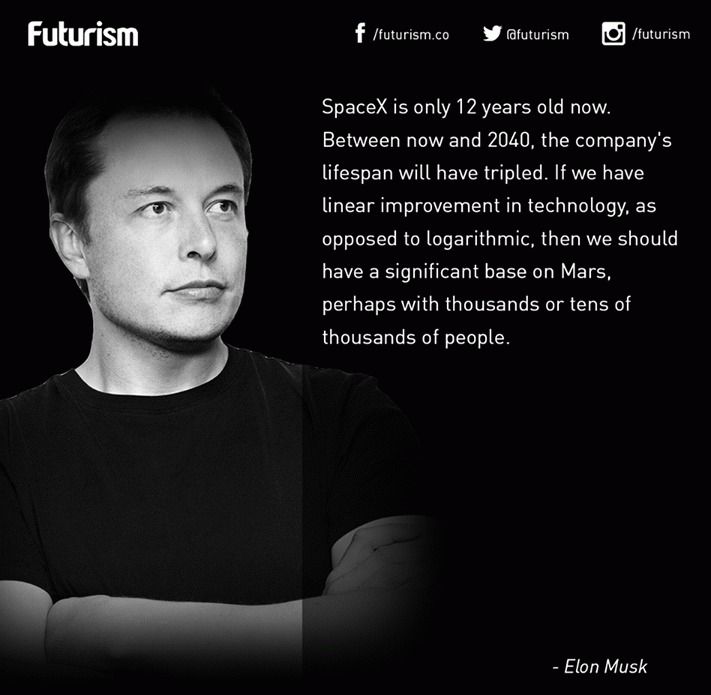
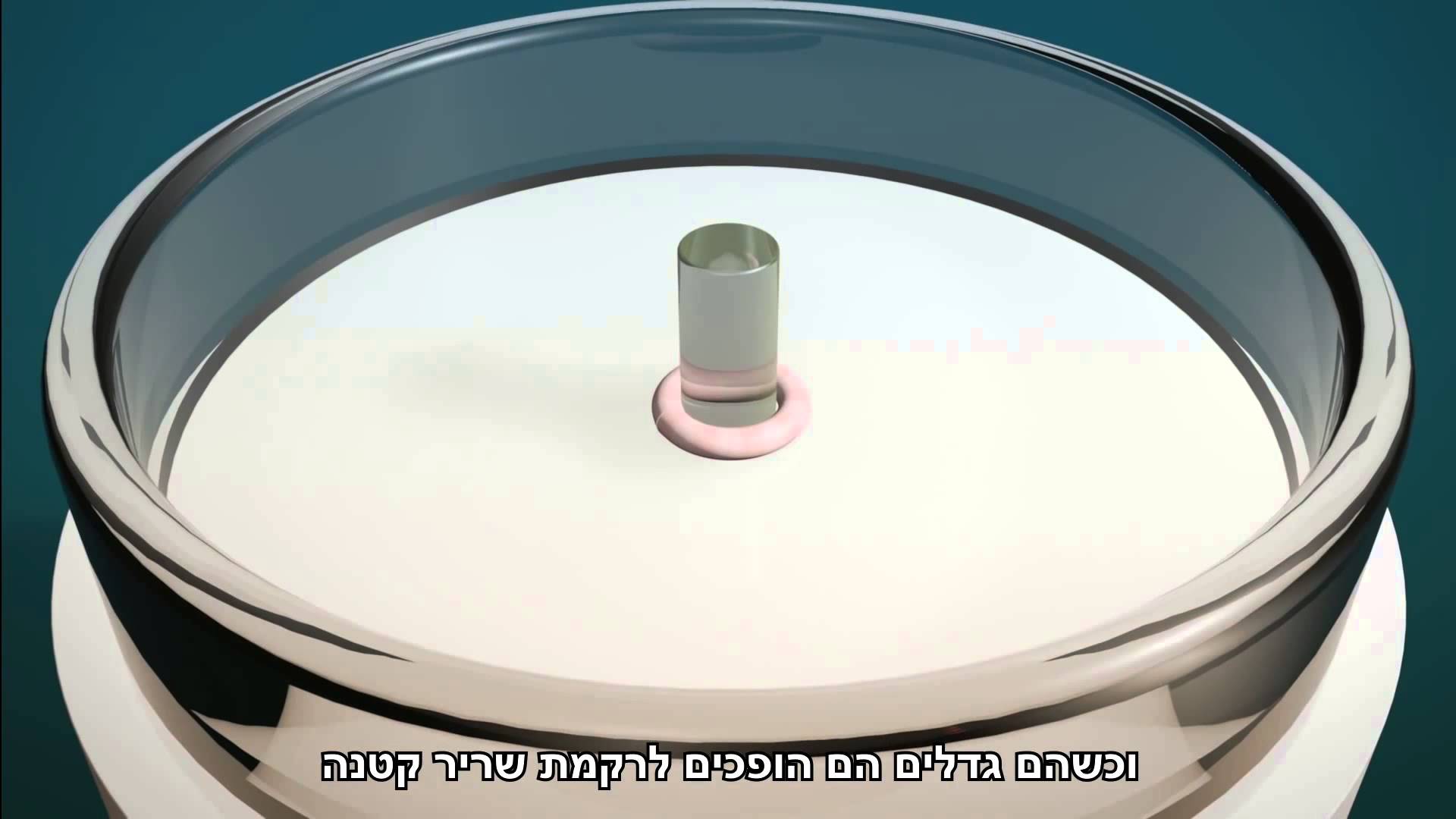
Coming soon: chicken meat without slaughter
An Israeli foundation is first in the world to research mass production of cultured chicken breast, a real meat product starting from a single cell of a real bird.